Would you like to know more about plastic materials? Why not browse an extensive list of wholesale glossy plastic protective film at Alibaba.com? Or are you trying to find something more specific? For example, type “polyethylene film” to see if you can find what you need.
Imagine a shopper with a beautiful garden that’s full of roses. However, he or she lives in a place with hot weather and bright sunlight. An ordinary greenhouse film would not be enough to shield tender roses, but a UV resistant greenhouse plastic sheeting is. Another customer needs to do an experiment in a dark environment, and he or she can choose blackout plastic sheeting. Both of these products are available in our glossy plastic protective film section.
Let’s turn to everyday life. Plastic wrap is also ubiquitous. We need recyclable plastic bags for grocery shopping, food-grade pvc film, and saran wrap to keep food fresh, and protective plastic film to protect furniture from dust in our apartments. In occasions such as moving houses, you can invite friends for dinner in your home or have a picnic with children in a park. You will also need a plastic film to help you get organized.
In terms of materials, our glossy plastic protective film section provides PE and PVC, among others. While transparent plastic films are commonly used, you can also find pink, yellow, or purple ones. Meanwhile, there’s a biodegradable plastic wrap for people who value more environment-friendly choices.

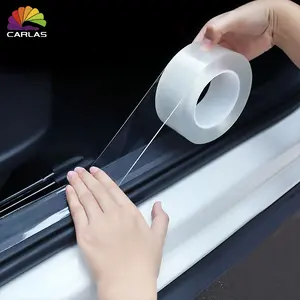


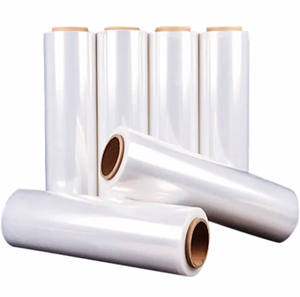











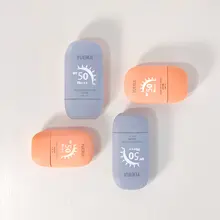
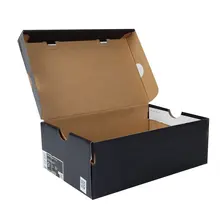
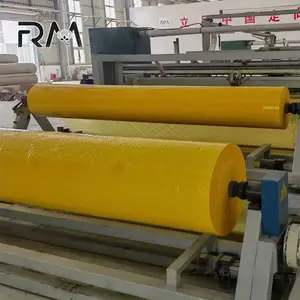






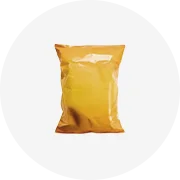





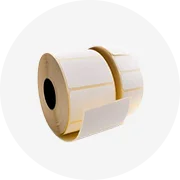










 浙公网安备 33010002000092号
浙公网安备 33010002000092号 浙B2-20120091-4
浙B2-20120091-4